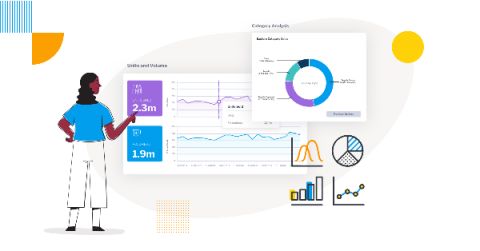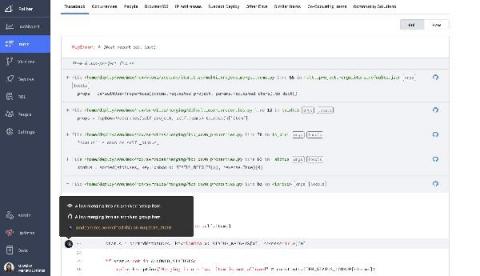Systems | Development | Analytics | API | Testing
Latest News
Pushing Past Pilot Paralysis to Launch and Scale IIOT Use Cases
With billions of industrial IoT (IIOT) devices in place, generating massive volumes of data from “the edge,” the potential for proof of concept success for use cases in the factory can be paralyzing. While the value of this digital revolution, aka Industry 4.0, is clear, realizing the full promise has been slow. Research and real-life experience from Accenture shows that many manufacturers get stuck early on or can’t get beyond proof-of-concept pilots to scale.
The Four Upgrade and Migration Paths to CDP from Legacy Distributions
The move into any new technology requires planning and coordinated effort to ensure a successful transition. This blog will describe the four paths to move from a legacy platform such as Cloudera CDH or HDP into CDP Public Cloud or CDP Private Cloud. The four paths are In-place Upgrade, Side-car Migration, Rolling Side-car Migration, and Migrate to Public Cloud.
How to be a data-driven organization: Key learnings from Chief Product Officer Summit
Reasons why looking to a company's past can show their test innovation future
At SmartBear we have a vision for improving the lives of developers, and adding quality into the software development supply chain – no matter where in DevOps maturity an organization sits. We’ve seen a lot of success in this effort, and no small part of it involves the way we manage our acquisitions and invest in their development teams. This is true for software solutions like Zephyr, TestComplete, and ReadyAPI, as well as our innovators behind OSS projects, like Cucumber.
Simplifying API operations with AI as you scale your API programs
APIs are the backbone of digital transformation. Via APIs, you can securely share data and functionality with developers both inside and outside of your organizational boundaries, letting you build applications faster, seamlessly connect and interact with partners, and drive new business revenue. Because APIs encompass business-critical information, any downtime or performance degradation can lead to significant loss in revenue, customers, and brand value.
Introducing the New Rollbar Integration for GitHub Enterprise Server
We’re excited to launch our new integration with GitHub that supports GitHub Enterprise Server customers. This allows companies using GitHub Enterprise on their own domains to access key features in Rollbar that help developers fix errors faster. GitHub Enterprise offers a fully integrated development platform for organizations to accelerate software innovation and secure delivery. With Rollbar, GitHub Enterprise Server customers can now access.
What is ETL?
How do data integration architectures work, and how are they continuing to evolve?
How We Prepare And Perform Load Tests
Load testing may seem like a simple task that anyone should be able to do on their own. You just have to be ready for the worst – service crashing completely. But in practice it is almost never that simple, especially with larger projects that are in more mature development stages, projects with many customers or business processes that require more bureaucracy to communicate between parties involved. Engineers from Loadero team have created load tests for different kinds of applications.
Comparison between Testsigma and Protractor alternatives
You might already know that Google is going to stop the development of Protractor soon. Here, in this article, we will discuss what is protractor, why it was used, why it is being discontinued, and what are some of its alternatives that you can use now. So, without further ado, let’s begin.










